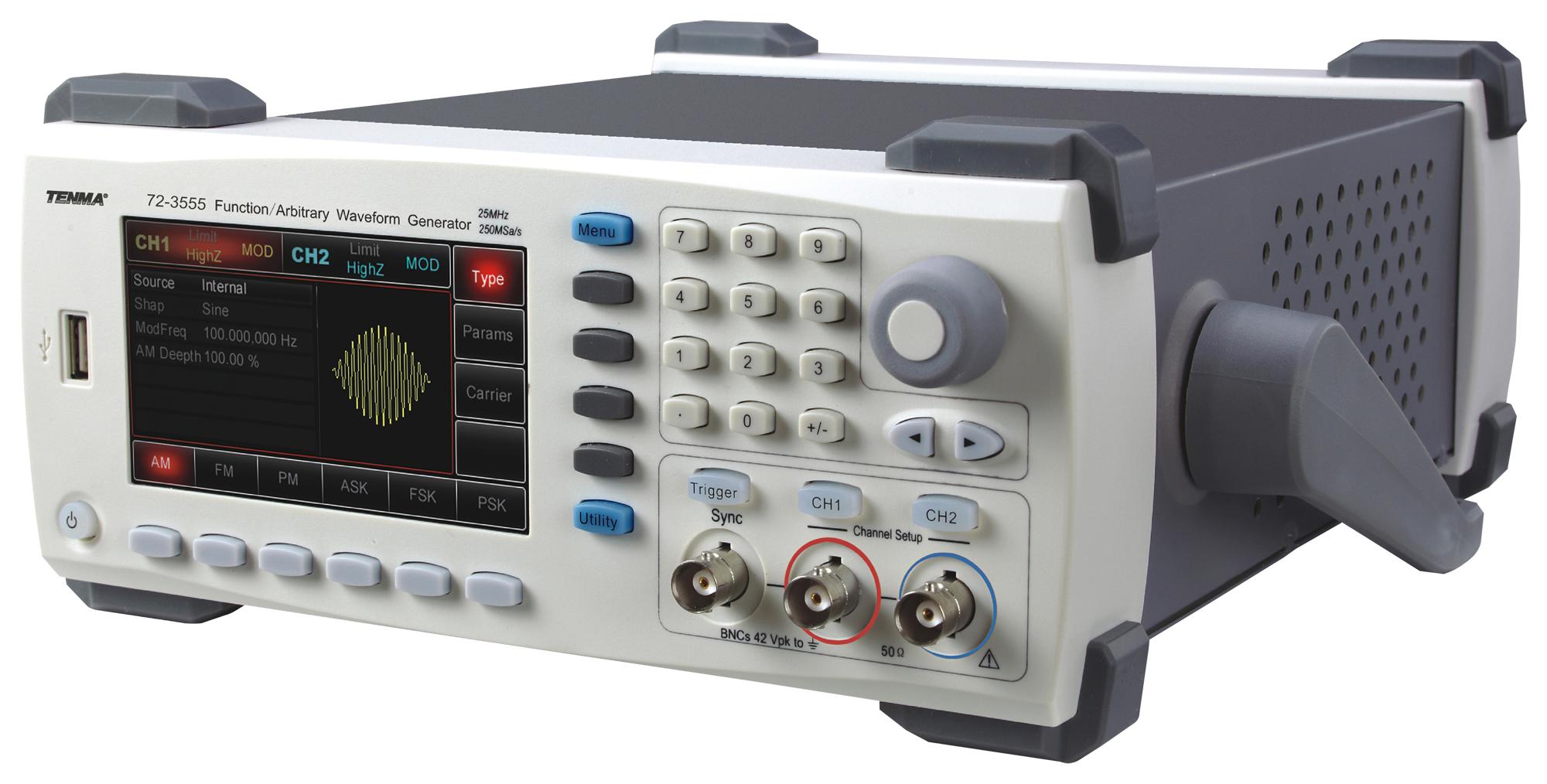
Ever wondered how scientists and engineers test electronic circuits? Function generators are the secret weapon behind many experiments and designs. These devices create various types of electrical waveforms over a wide range of frequencies. From simple sine waves to complex patterns, function generators help in simulating signals for testing and troubleshooting. They are essential in fields like telecommunications, audio engineering, and even medical equipment testing. Whether you're a budding electronics enthusiast or a seasoned professional, understanding function generators can open up a world of possibilities. Ready to dive into some cool facts about these versatile tools? Let's get started!
What is a Function Generator?
A function generator is an electronic device that produces various waveforms at different frequencies. These waveforms are essential in testing and designing electronic circuits. Here are some intriguing facts about function generators.
-
Waveform Variety: Function generators can produce multiple waveforms, including sine, square, triangular, and sawtooth waves. Each waveform has unique properties useful for different applications.
-
Frequency Range: They can generate frequencies ranging from a few microhertz to several megahertz, making them versatile for various testing scenarios.
-
Amplitude Control: Users can adjust the amplitude of the output signal, which is crucial for testing circuits under different voltage conditions.
-
Phase Adjustment: Some advanced function generators allow phase adjustments, enabling more complex signal testing.
How Do Function Generators Work?
Understanding how these devices operate can help in utilizing them effectively. They rely on various internal components to generate and modify signals.
-
Oscillator Core: The heart of a function generator is an oscillator, which creates the initial waveform.
-
Wave Shaping Circuits: These circuits modify the oscillator's output to produce different waveforms.
-
Digital vs. Analog: Function generators can be digital or analog. Digital ones offer more precision and flexibility.
-
Frequency Synthesizers: Some function generators use frequency synthesizers for more accurate frequency control.
Applications of Function Generators
Function generators are used in numerous fields, from education to advanced research. Here are some common applications.
-
Circuit Testing: Engineers use them to test and troubleshoot electronic circuits by providing known signals.
-
Signal Simulation: They simulate signals that a circuit might encounter in real-world conditions.
-
Education: In educational settings, they help students understand waveform properties and circuit behavior.
-
Audio Testing: Audio engineers use them to test speakers and other audio equipment.
Key Features of Modern Function Generators
Modern function generators come with a host of features that enhance their functionality and ease of use.
-
LCD Displays: Many have LCD screens that display settings and waveforms, making them user-friendly.
-
USB Connectivity: Some models offer USB ports for easy connection to computers for data logging and remote control.
-
Arbitrary Waveform Generation: Advanced models can create custom waveforms, providing more flexibility.
-
Modulation Capabilities: They can modulate signals in various ways, such as AM, FM, and PM.
Safety and Maintenance Tips
Proper use and maintenance of function generators ensure their longevity and safe operation.
-
Proper Grounding: Always ensure the device is properly grounded to avoid electrical hazards.
-
Regular Calibration: Periodic calibration ensures the accuracy of the generated signals.
-
Avoid Overloading: Do not exceed the voltage and current ratings to prevent damage.
-
Clean Environment: Keep the device in a clean, dust-free environment to avoid internal contamination.
Interesting Historical Facts
The development of function generators has a rich history, with significant milestones along the way.
-
Early Models: The first function generators were analog and quite bulky compared to today's compact digital models.
-
Technological Advancements: The transition from analog to digital brought about significant improvements in precision and functionality.
-
Pioneering Companies: Companies like Hewlett-Packard (now Agilent Technologies) played a crucial role in the development of modern function generators.
Fun Facts
Here are some fun and lesser-known facts about function generators.
-
DIY Kits: Enthusiasts can buy DIY kits to build their own function generators, a popular project among hobbyists.
-
Space Missions: Function generators have been used in space missions to test and calibrate equipment.
-
Music Production: Some musicians use function generators to create unique sounds and effects.
-
Medical Equipment Testing: They play a role in testing medical devices, ensuring they operate correctly.
-
Environmental Testing: Function generators help simulate environmental conditions for testing purposes.
-
Art Installations: Artists have used function generators to create interactive installations that respond to different signals.
The Final Word on Function Generators
Function generators are essential tools in electronics. They create various waveforms like sine, square, and triangle waves. These devices are crucial for testing and designing circuits. You can adjust frequency, amplitude, and other parameters to suit your needs. They’re used in labs, schools, and industries for research and development.
Understanding how to use a function generator can save time and improve your projects. Whether you’re a student, hobbyist, or professional, knowing the basics helps. These devices are versatile and reliable, making them a staple in any electronics toolkit.
So, next time you’re working on an electronic project, remember the importance of a function generator. It’s not just a tool; it’s a gateway to innovation and discovery. Happy experimenting!
Was this page helpful?
Our commitment to delivering trustworthy and engaging content is at the heart of what we do. Each fact on our site is contributed by real users like you, bringing a wealth of diverse insights and information. To ensure the highest standards of accuracy and reliability, our dedicated editors meticulously review each submission. This process guarantees that the facts we share are not only fascinating but also credible. Trust in our commitment to quality and authenticity as you explore and learn with us.
